Alpinestars Tech-Air Review, Plus Missile Leather Suit Review
The least expensive way to get into Astar's airbag system
The relationship between motorcycles and safety has forever been a troubled one. Riders are unencumbered by protective cages, exposing them to impact danger in ways car drivers aren’t. Autos are equipped with doors, bumpers, crumple zones, and airbags. Wait, airbags, you say?
Yes, airbag protection for motorcyclists is no longer just the domain of laboratory nerds and MotoGP riders. It’s now available to anyone with $1,149.95 and a compatible Alpinestars leather suit or jacket to put it in.
The Tech-Air is used here in Astars’ Missile suit. At an MSRP of $999.95, it’s the least expensive way to get an airbag-capable set of leathers, with an MSRP $350 less than the Astars GP Pro and half the price of the top-line GP Tech suit. The Tech-Air can also be used in the Oscar Charlie and Missile jackets if the airbag computer is switched to its street setting. Astars promises its catalog of airbag-compatible garments will expand as time goes on, so a Tech-Air purchase could go on to do double- or triple-duty in other Alpinestars garments.
My orthopaedist can confirm that some of the most common injuries suffered by motorcyclists are to collarbones/clavicles, shoulders, ribs and the back, and these are areas the Tech-Air is designed to protect by firing off a helium-argon charge to inflate the airbag in as little as 25 milliseconds. The unit is completely self-contained, with no connection to the bike, allowing a rider to simply dismount after riding without worrying about a bothersome tether, and it also doesn’t rely on a GPS signal.
More from Astars about the Tech-Air System
From the strong demand since Astars launched the Tech-Air in the U.S. last August, it appears we aren’t the only ones who desire safer riding experiences. Our old cohort Trizzle, currently the Astars media rep, tells us that demand has been outstripping production.
As much as I appreciated the implied protection from the Tech-Air system during the launch of Ducati’s new Panigale V4, I must admit to backing down from a voluntary opportunity to test it in a crash. So, until my brain writes a check my hands can’t cash, reporting about the airbag’s effectiveness in a crash will need to wait for a later date.
2018 Ducati Panigale V4 First Ride Review +Video
Here’s what I do know thus far: the Missile is a nice leather suit when its sub-$1,000 price is considered. It can be worn with or without the Tech-Air, and it incorporates most of the features seen in contemporary leathers. It is fitted with CE-approved internal elbow, shoulder, knee and tibia protectors, and it is supplied with CE Nucleon hip protection. It also has dual-density TPU sliders externally mounted on shoulders and knees. PE foam padding is integrated on the chest, hips, coccyx, upper arms. The suit is certified to to CE Category II standards.
Comfort and fit of the Missile are assisted by pre-curved sleeve and legs areas, accordion leather stretch inserts on lumbar, knees, elbows and rear shoulders, and Alpinestars’ Hyper-Res Stretch Fiber (HRSF) stretch inserts in the crotch, back and underarm sections. Zippered expansion gussets in the calf areas allow customization for legs of various sizes. The cut of the Missile is slightly less racer-committed than the GP Pro and GP Tech, and it offers fewer accordion stretch panels.
The interior includes a removable mesh liner that features a soft fabric collar to alleviate chafing, while an interior pocket is thoughtfully waterproof should you need to ride in the rain. Zippers are quality YKK products. Perforated exterior panels supply ventilation.
While I’m no elbow dragger and believe such antics only truly aid riders at top-level racing, the Missile is equipped with triple-density replaceable elbow sliders that are also purported to improve protection by sliding harmlessly on asphalt rather than gripping and causing extra tumbling. “Unsurpassed friction management,” says Astars.
To accommodate the Tech-Air, the Missile uses stretch gussets that allow room for the inflated bladder without compromising the suit’s integrity. The left sleeve incorporates an LED display indicating the airbag’s operational status, as well as an internal conduit for the vest’s computer wiring.
The Tech-Air vest incorporates a back protector (where the computer is located), itself CE Level II certified, and the bladder. That extra stuff fills up space inside the suit, so choose the sizing of your suit carefully. I typically fit a Euro size 50, and, with the Tech-Air vest, I could barely squeeze into the size-50 Missile.
Operation of the Tech-Air system is simple. Just flip on the power switch located on the back protector and let the magnetic flap in the chest area cross over to the other flap, and the connection switches on the system. The LEDs on the left sleeve shows the Tech-Air’s status. The battery is said to allow 25 hours of use, and it goes into standby mode when the two flaps are disconnected. To fully turn the system off, flip the switch again on the back protector. .
Riding a motorcycle fast with an airbag ready to jump in to protect you gives a rider peace of mind previously unattainable unless you were a MotoGP pilot. In fact, for the 2018 GP season, all riders are required to use some sort of airbag system, as they’ve proven their protective worth on track time and time again.
If you’re unlucky enough to take a spill while wearing the Tech-Air, the vest should be sent to Alpinestars’ Torrance, California, headquarters for a full diagnostic analysis of the system. A certified Tech-Air technician will repack the system with a new airbag and cartridges and bring it back to its optimal condition for a $299 fee. The turnaround time is about one week after it is received.
As for downsides, the list is short but worth mentioning. The Tech-Air unit itself adds a significant amount of weight, about 4.5 pounds. Also, the bladder enveloping the torso reduces the amount of air flowing through the perforations, which has the side-effect of making a rider warmer than without the vest. And then there’s the price, which might dissuade some riders from investing in the beneficial protection. However, when you consider it’s a one-time purchase that you can pair with the expanding line of Tech-Air-compatible products, the price may not seem as steep.
So, the price for relative safety isn’t cheap, but it’s just the fraction of the cost of a hospital visit. Kudos to Alpinestars for advancing the state of the art in rider-safety aids. I’m grateful to be wearing it whenever I visit the racetrack.
Alpinestars Missile
MSRP: $999.95
Sizes: Euro 46-60 (subtract 10 for U.S. sizes)
Colors: Black/white/yellow fluo; black/red; black/white/red fluo; black/white/red fluo/yellow fluo
Alpinestars Tech-Air Race Vest
MSRP: $1,149.95
Sizes: M-XL
We are committed to finding, researching, and recommending the best products. We earn commissions from purchases you make using the retail links in our product reviews and other articles. Learn more about how this works.
More by Kevin Duke



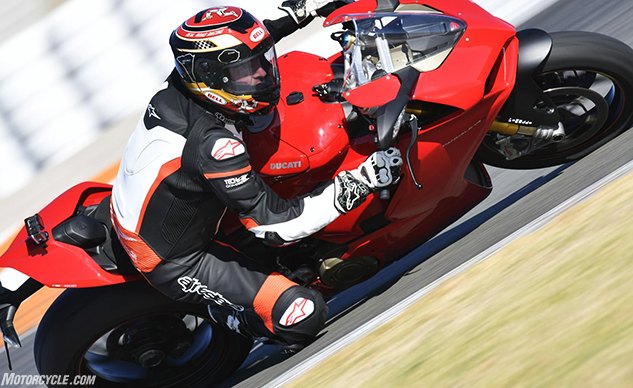

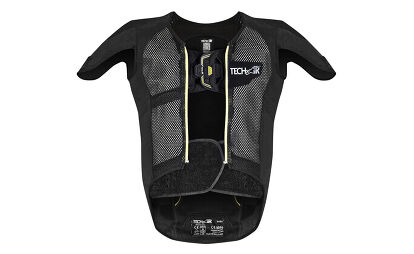









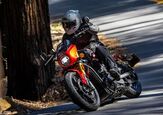
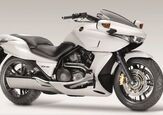
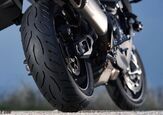
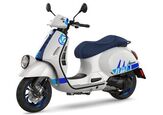
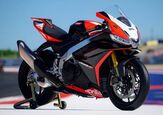
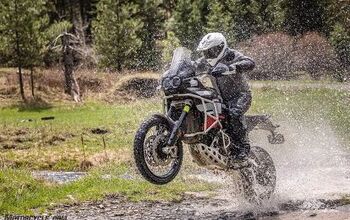

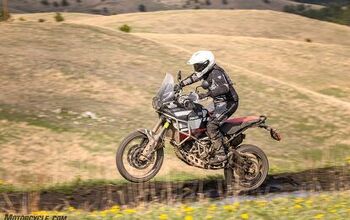

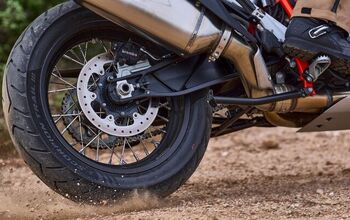



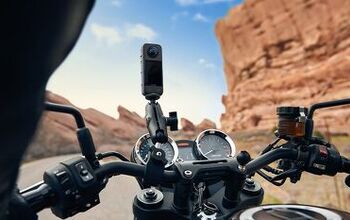
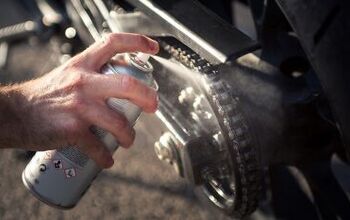

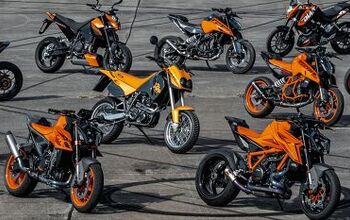
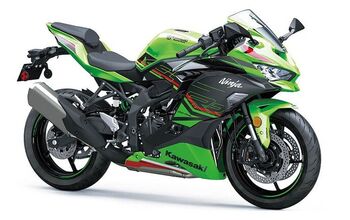
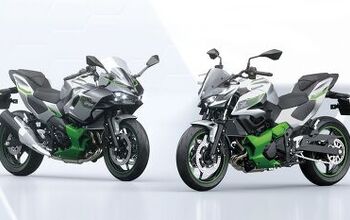
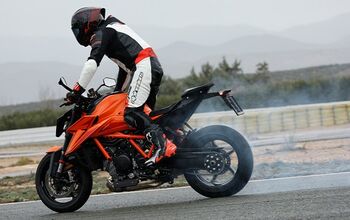

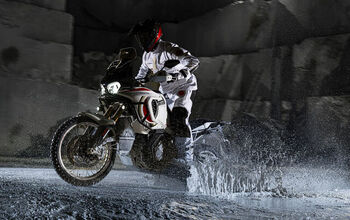
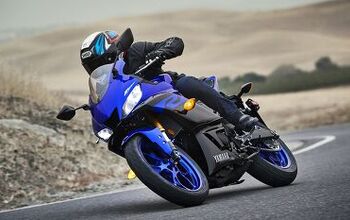
Comments
Join the conversation
Actually "syrofoam" does break down with age, exposure to UV, heat and various fluids which is why most helmet makers put a time limit on them.
Whether you value your head or your child is the only question you have to ask yourself to take, what I imagine to be, an increasing risk of the item not doing the job to the full extent it was designed for, the longer the use by date is passed.
At the end of the day makers of this stuff put it out there for consumers to buy, if enough people buy it they continue to make it and develop it. If not, then discontinued or perhaps redesigned. I'd rather have the choice than not.
This is great for racers, track day enthusiasts and ultra-committed canyon carvers; you know, those who ride in full leathers with aero hump and vibranium sliders. The rest of us need something we can put on easily, weighs just a little bit, and comes with a deal where if you need to replace it due to age you can trade the old one in for a discount. It would have to be something you put on over your other gear if it were to be ultimately versatile. Say, aren't there already airbag vests out there? Has MO reviewed them?